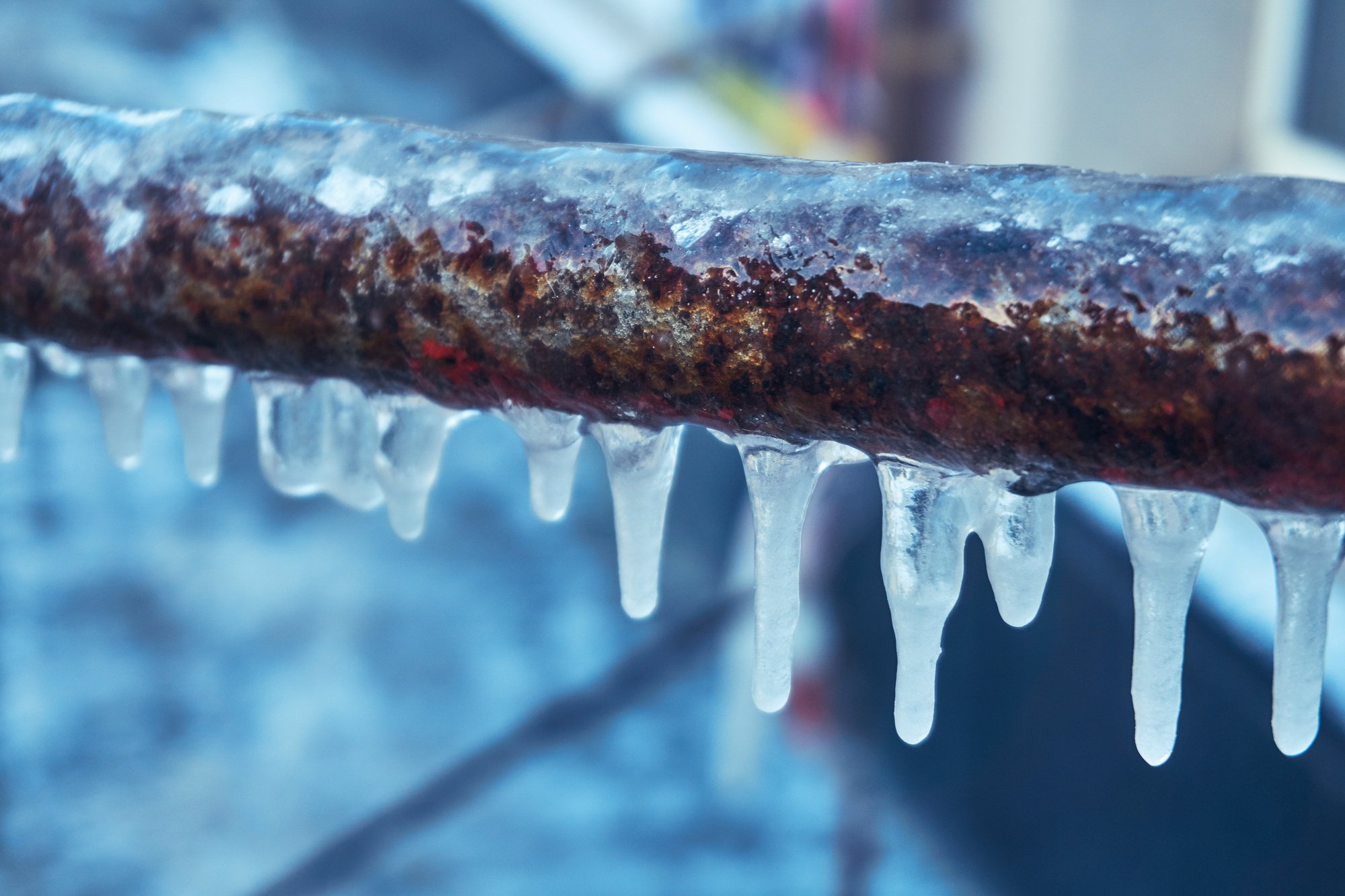In this article further down yow will discover lots of sound additional info concerning Winter Plumbing Precautions: Preventing Frozen Pipes.

Cold weather can ruin your plumbing, particularly by freezing pipelines. Here's how to prevent it from occurring and what to do if it does.
Introduction
As temperature levels drop, the risk of frozen pipelines rises, potentially resulting in costly repairs and water damages. Understanding exactly how to stop frozen pipes is vital for home owners in cool environments.
Prevention Tips
Protecting at risk pipelines
Wrap pipelines in insulation sleeves or use warmth tape to shield them from freezing temperature levels. Concentrate on pipelines in unheated or external locations of the home.
Heating strategies
Maintain interior rooms adequately warmed, particularly locations with pipes. Open up cabinet doors to allow cozy air to circulate around pipelines under sinks.
How to recognize frozen pipelines
Try to find decreased water circulation from faucets, uncommon odors or sounds from pipes, and noticeable frost on revealed pipes.
Long-Term Solutions
Structural changes
Consider rerouting pipes away from outside walls or unheated areas. Add added insulation to attic rooms, basements, and crawl spaces.
Upgrading insulation
Buy premium insulation for pipes, attic rooms, and walls. Proper insulation helps keep regular temperature levels and reduces the risk of icy pipelines.
Protecting Exterior Pipes
Garden pipes and outside faucets
Disconnect and drain pipes yard tubes before winter months. Set up frost-proof spigots or cover outside taps with insulated caps.
Recognizing Icy Pipes
What creates pipelines to ice up?
Pipelines ice up when subjected to temperatures listed below 32 ° F (0 ° C) for extended durations. As water inside the pipes ices up, it increases, putting pressure on the pipeline walls and potentially causing them to rupture.
Risks and problems
Frozen pipelines can lead to water disturbances, home damages, and pricey repairs. Burst pipes can flood homes and trigger extensive architectural damages.
Indicators of Frozen Pipes
Recognizing frozen pipes early can avoid them from breaking.
What to Do If Your Pipelines Freeze
Immediate actions to take
If you suspect frozen pipelines, maintain faucets open up to relieve pressure as the ice melts. Use a hairdryer or towels taken in hot water to thaw pipelines gradually.
Verdict
Protecting against icy pipelines needs proactive steps and quick responses. By recognizing the reasons, indications, and preventive measures, house owners can safeguard their plumbing during winter.
5 Ways to Prevent Frozen Pipes
Drain Outdoor Faucets and Disconnect Hoses
First, close the shut-off valve that controls the flow of water in the pipe to your outdoor faucet. Then, head outside to disconnect and drain your hose and open the outdoor faucet to allow the water to completely drain out of the line. Turn off the faucet when done. Finally, head back to the shut-off valve and drain the remaining water inside the pipe into a bucket or container. Additionally, if you have a home irrigation system, you should consider hiring an expert to clear the system of water each year.
Insulate Pipes
One of the best and most cost-effective methods for preventing frozen water pipes is to wrap your pipes with insulation. This is especially important for areas in your home that aren’t exposed to heat, such as an attic. We suggest using foam sleeves, which can typically be found at your local hardware store.
Keep Heat Running at 65
Your pipes are located inside your walls, and the temperature there is much colder than the rest of the house. To prevent your pipes from freezing, The Insurance Information Institute suggests that you keep your home heated to at least 65 degrees, even when traveling. You may want to invest in smart devices that can keep an eye on the temperature in your home while you’re away.
Leave Water Dripping
Moving water — even a small trickle — can prevent ice from forming inside your pipes. When freezing temps are imminent, start a drip of water from all faucets that serve exposed pipes. Leaving a few faucets running will also help relieve pressure inside the pipes and help prevent a rupture if the water inside freezes.
Open Cupboard Doors
Warm your kitchen and bathroom pipes by opening cupboards and vanities. You should also leave your interior doors ajar to help warm air circulate evenly throughout your home.

Do you like reading about Winter Plumbing Precautions: Preventing Frozen Pipes? Try leaving a comment directly below. We'd be happy to listen to your opinion about this content. In hopes that you come back again in the future. Enjoyed reading our write up? Please share it. Let others check it out. Thanks a bunch for your time. Please pay a visit to our site back soon.
Request Appointment